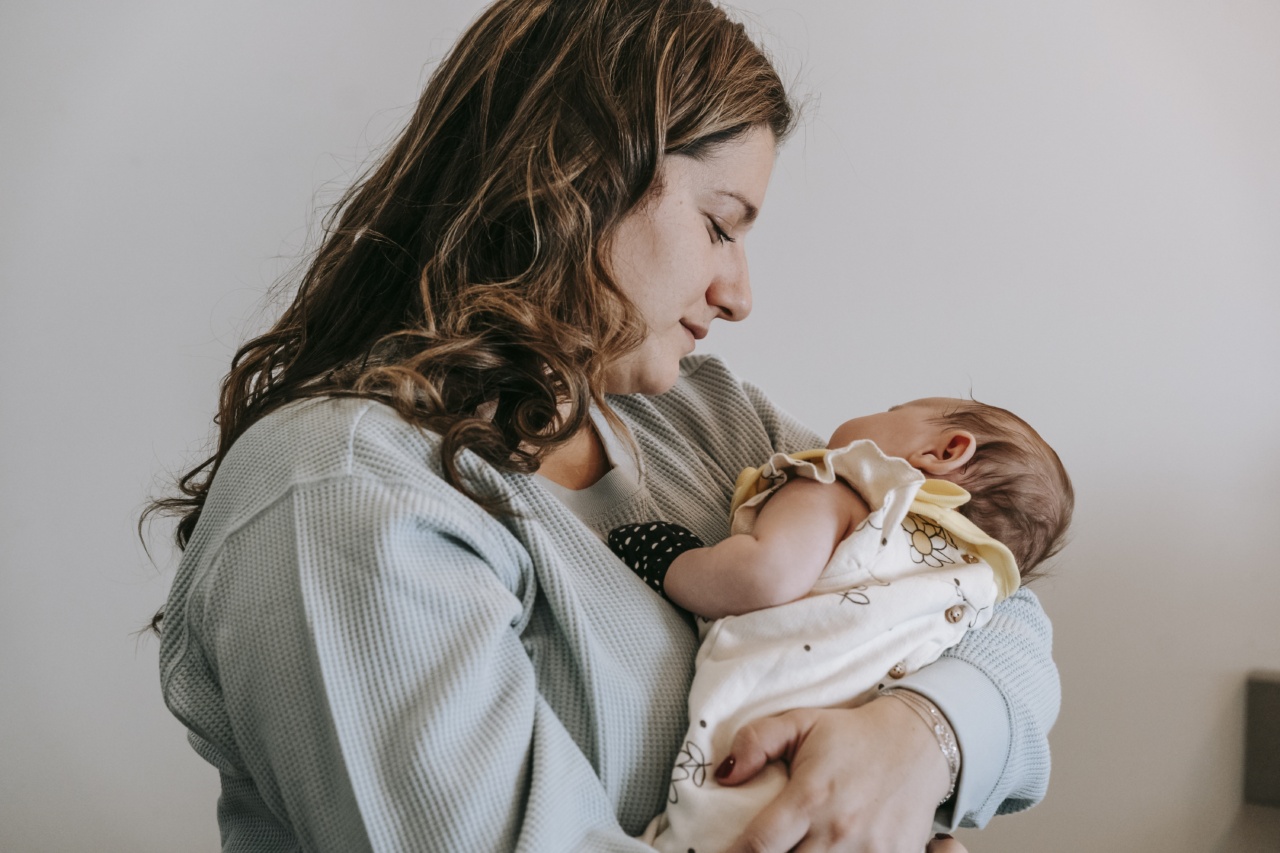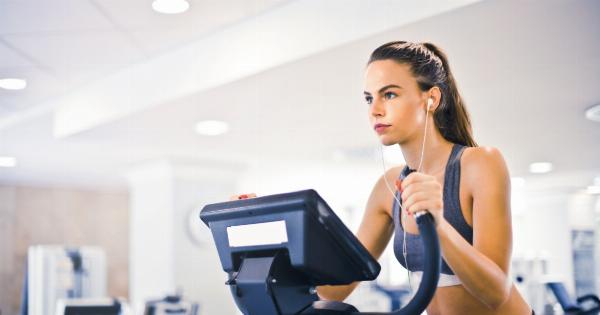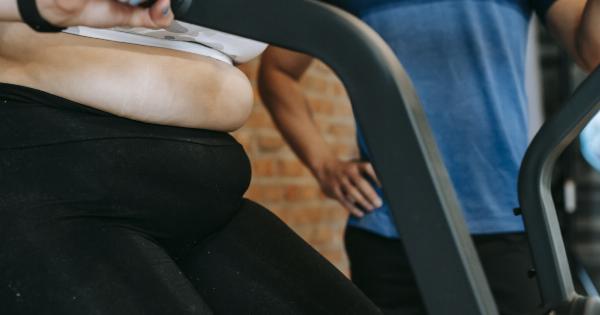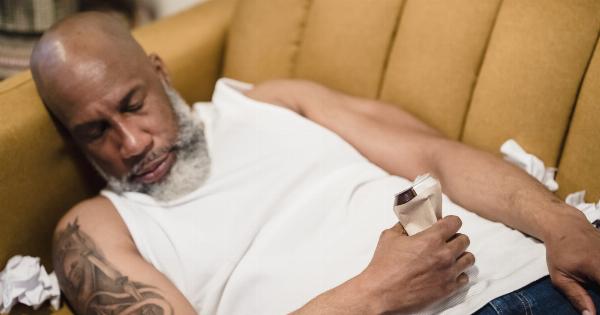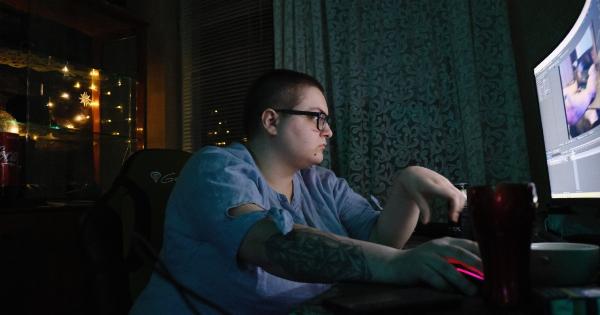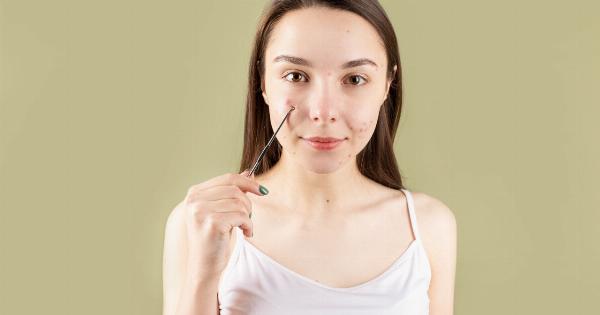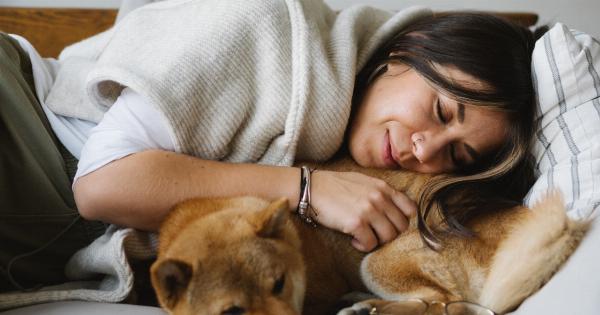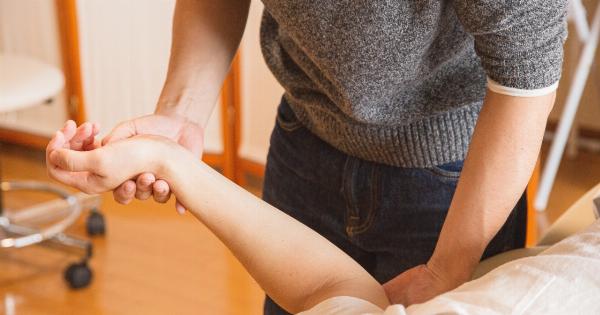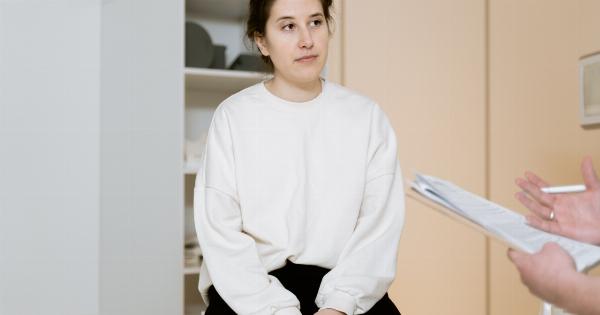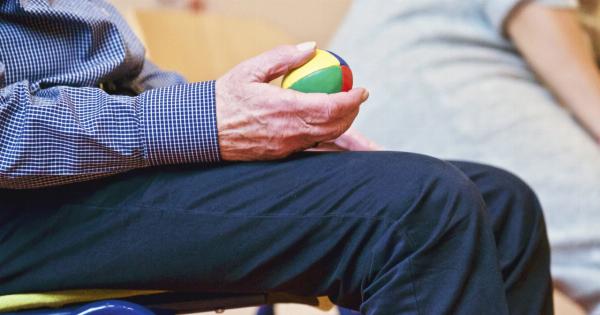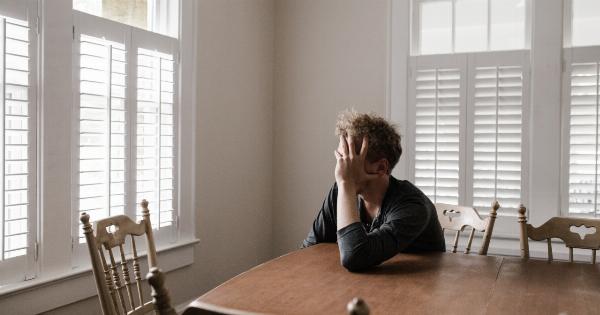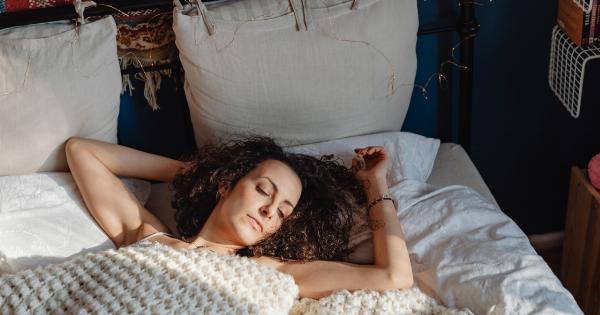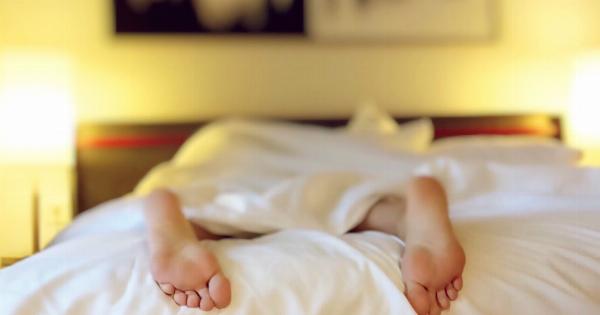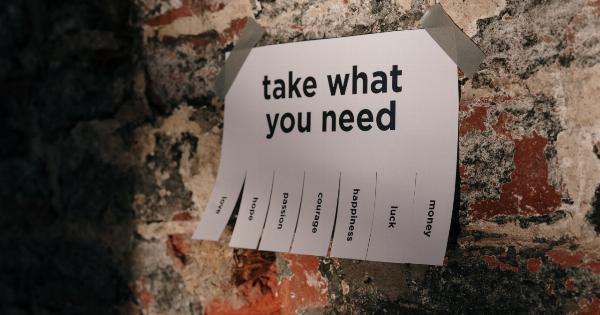Sleep apnea is a sleep disorder in which the person’s breathing repeatedly stops and starts while sleeping. The breathing interruptions are caused by blocked or narrowed airways, and they can last from a few seconds to more than a minute.
The condition affects millions of people in the United States and can lead to daytime fatigue, high blood pressure, and other health complications.
If you have sleep apnea, your doctor may recommend a breathing support device to help you breathe regularly while sleeping. Here are some of the most common breathing support devices used for sleep apnea:.
CPAP (Continuous Positive Airway Pressure) Machine
The CPAP machine is perhaps the most common breathing support device used for sleep apnea. It delivers a constant flow of air pressure through a mask worn over the nose and/or mouth to keep the airway open while sleeping.
This air pressure prevents the collapse of the airway and the interruptions in normal breathing.
To use a CPAP machine, you’ll need to work closely with your doctor and a respiratory therapist to find the correct settings and type of mask that will work best for you.
It can take some time to get used to wearing the mask and sleeping with the machine, but most people see significant improvement in their sleep apnea symptoms once they become accustomed to the CPAP.
APAP (Automatic Positive Airway Pressure) Machine
The APAP machine is similar to the CPAP machine, but it adjusts the air pressure levels automatically as you sleep. This means that the air pressure delivered through the mask can change in response to your breathing patterns during the night.
Some people prefer the APAP machine because it provides a more customized air pressure experience and can be more comfortable to use overall. However, it may not be as effective as a CPAP machine for people with severe sleep apnea.
BiPAP (Bilevel Positive Airway Pressure) Machine
The BiPAP machine is a breathing support device that delivers two levels of air pressure: a higher pressure when you inhale and a lower pressure when you exhale.
This makes breathing easier and more comfortable for some people with sleep apnea who may struggle to exhale against the continuous pressure of a CPAP or APAP machine.
BiPAP machines are often used for people with more severe sleep apnea, chronic obstructive pulmonary disease (COPD), or other respiratory conditions that require a more customized treatment approach.
Oral Appliances
In addition to breathing support devices, oral appliances can also be used to treat sleep apnea.
Oral appliances are worn in the mouth like a mouthguard or retainer, and they help to reposition the tongue and/or jaw to keep the airway open while sleeping.
Oral appliances can be a good option for people with mild to moderate sleep apnea or for those who prefer not to use a CPAP machine. They are also more portable and easier to travel with than a breathing support device.
Surgery
In some cases, surgery may be recommended as a treatment for sleep apnea. Surgical options can include the removal of excess tissue from the throat or the reconstruction of the jaw to help keep the airway open.
However, surgery is typically only recommended for people with severe sleep apnea who have not found relief from other treatments. Surgery can be risky and is not always successful in treating sleep apnea.
Lifestyle Changes for Sleep Apnea
While breathing support devices and other treatments can be effective for managing sleep apnea, lifestyle changes can also play an important role in improving sleep quality and reducing symptoms. Here are some tips for managing sleep apnea:.
- Lose weight if you are overweight or obese
- Quit smoking
- Avoid alcohol and sedatives before bedtime
- Sleep on your side instead of your back
- Practice good sleep hygiene, such as keeping a regular sleep schedule and creating a relaxing bedtime routine
Overall, sleep apnea can be a disruptive and frustrating condition, but with the right treatment approach, most people can find relief and enjoy better sleep quality.
If you suspect that you may have sleep apnea, talk to your doctor about getting a professional diagnosis and developing a personalized treatment plan.
